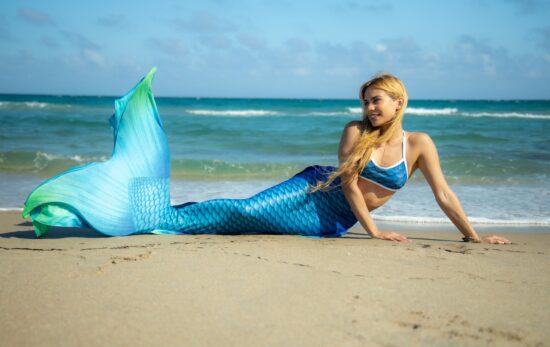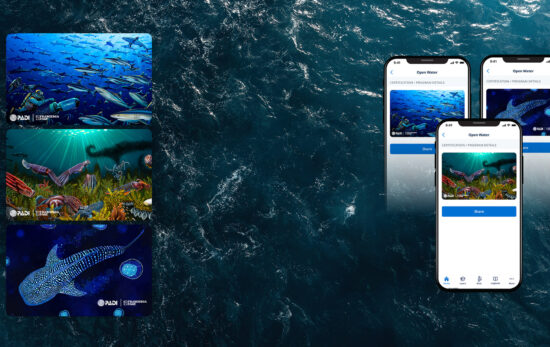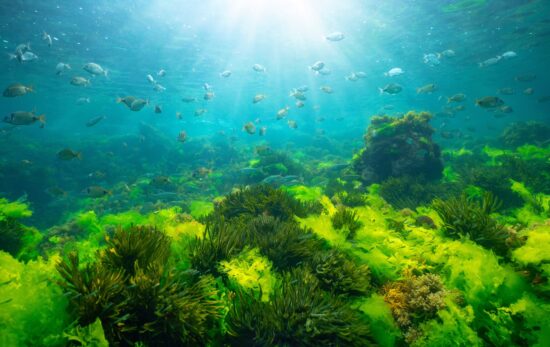PADI AWARE®’s new Dive Against Debris® course is a revamped way to tackle an old problem: marine debris. Recently, I got a sneak peek at the new training and eLearning. Even if you’re familiar with the original, here are five reasons why the updated program is well worth your time.
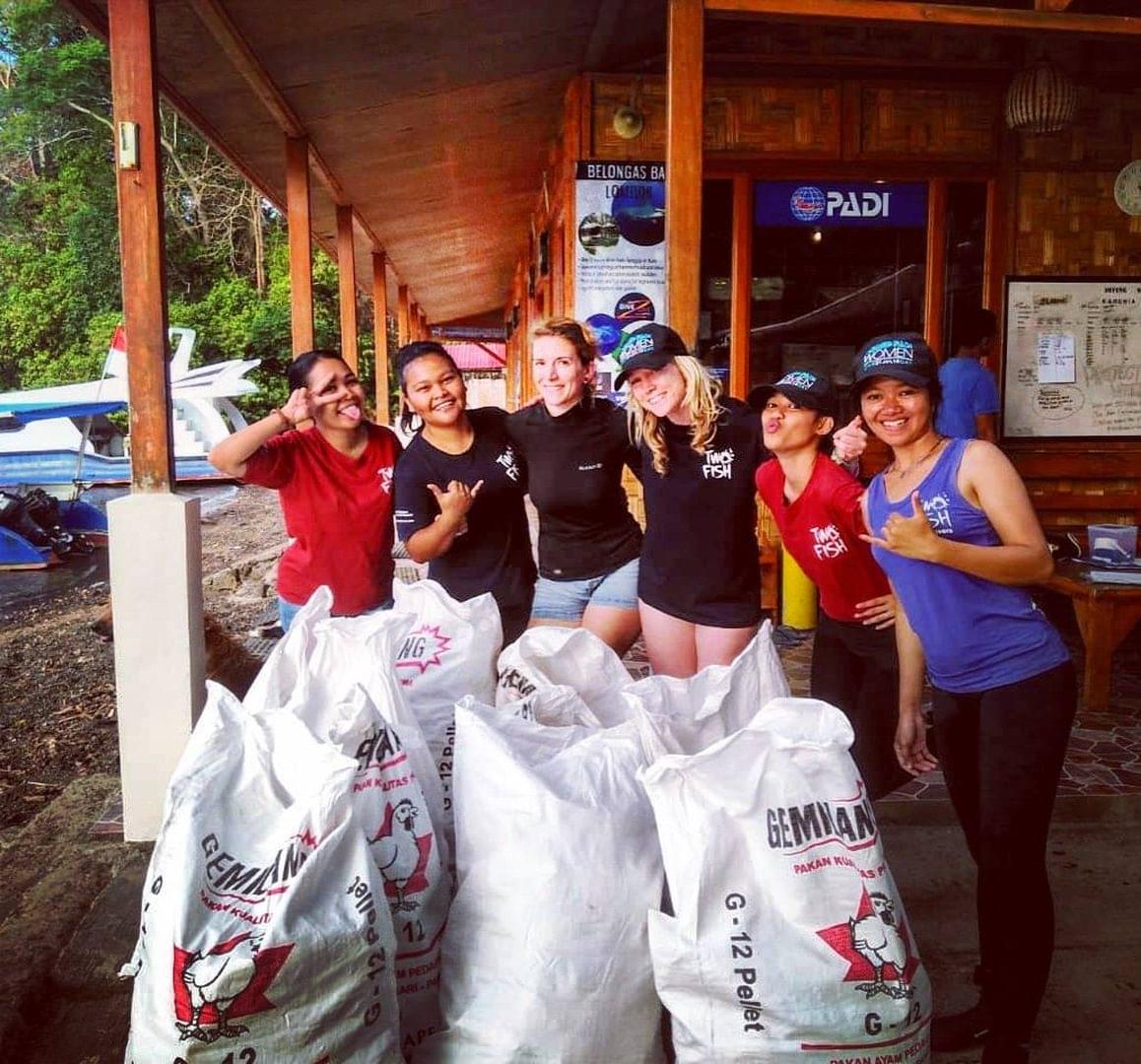
Photo credit: Two Fish Divers
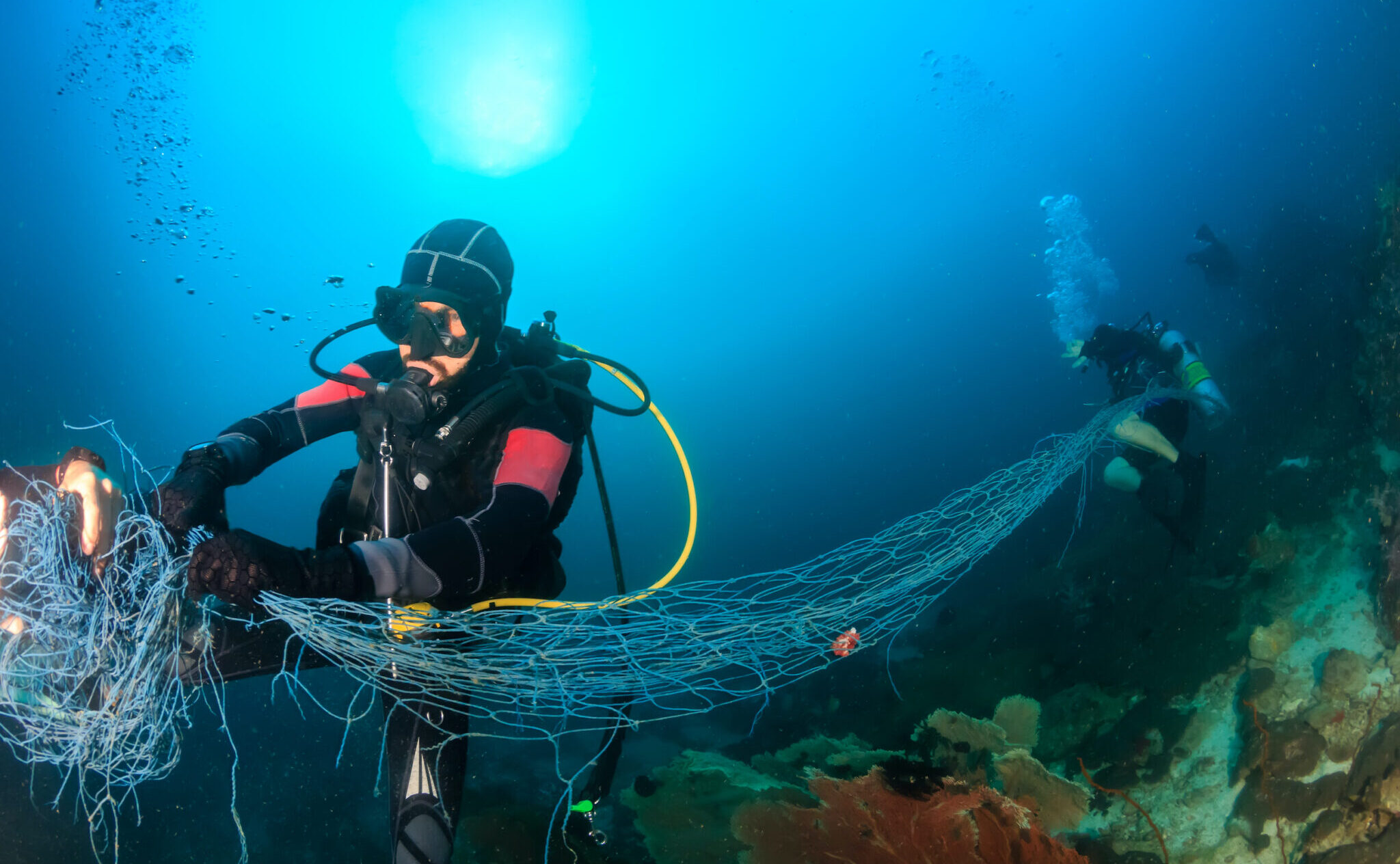
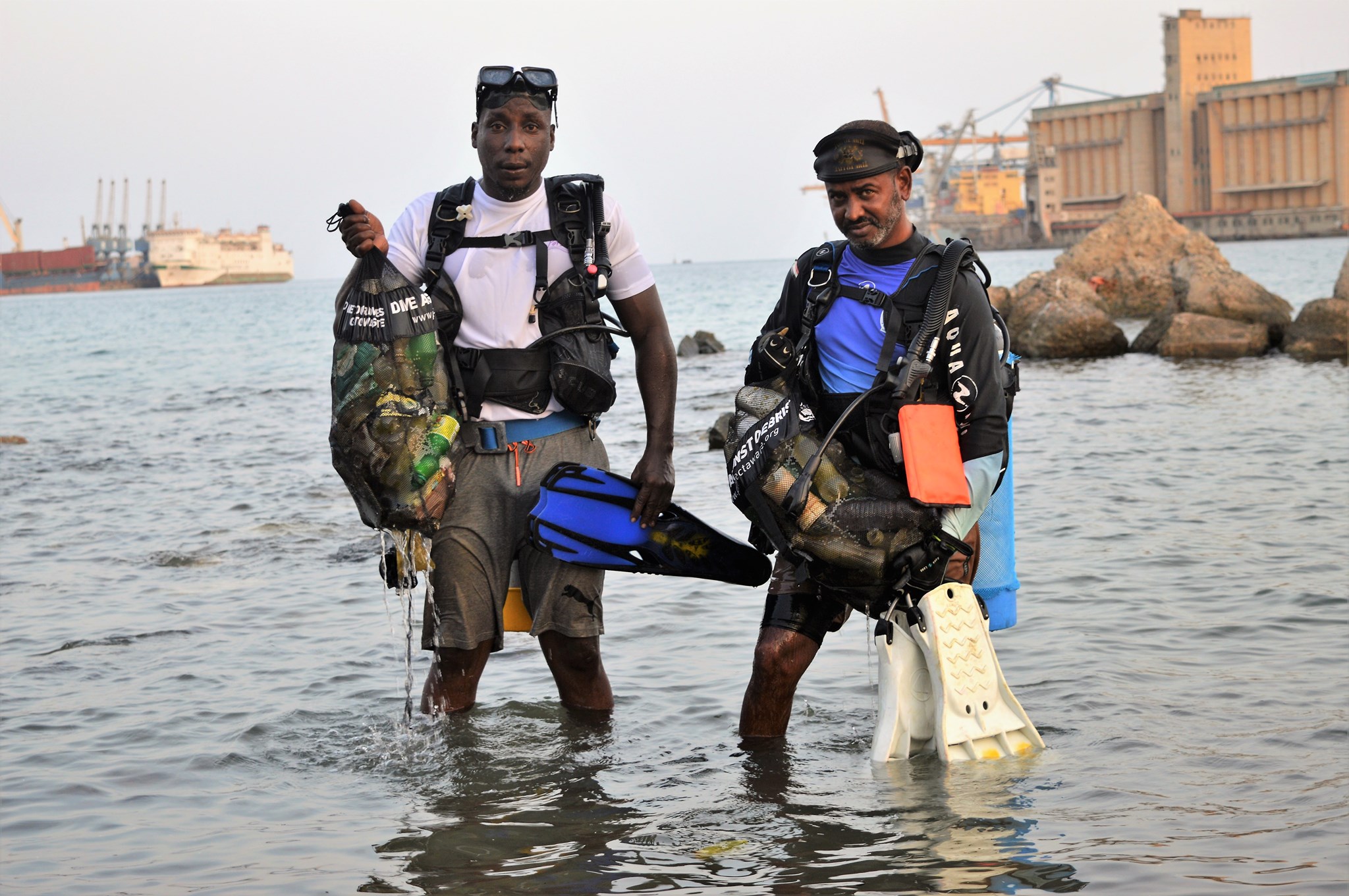
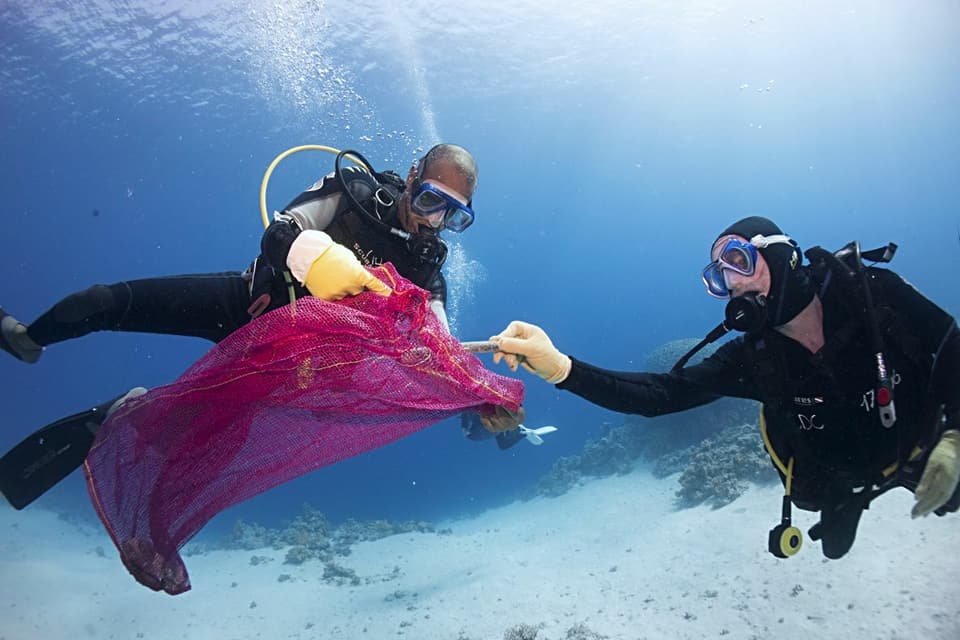
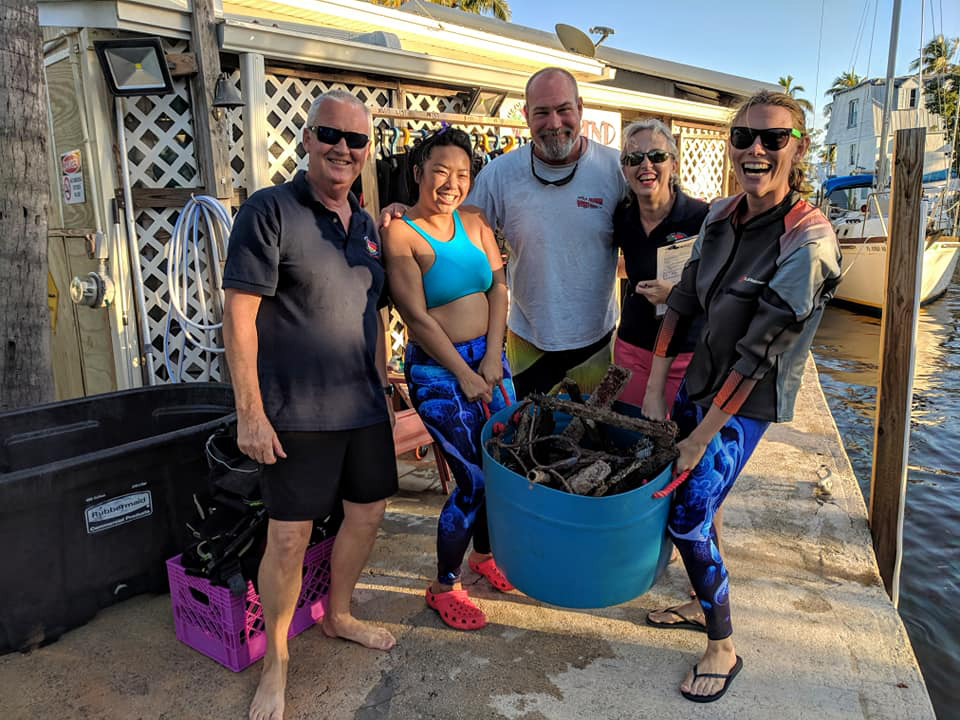
Photo credit: Tiffany Duong
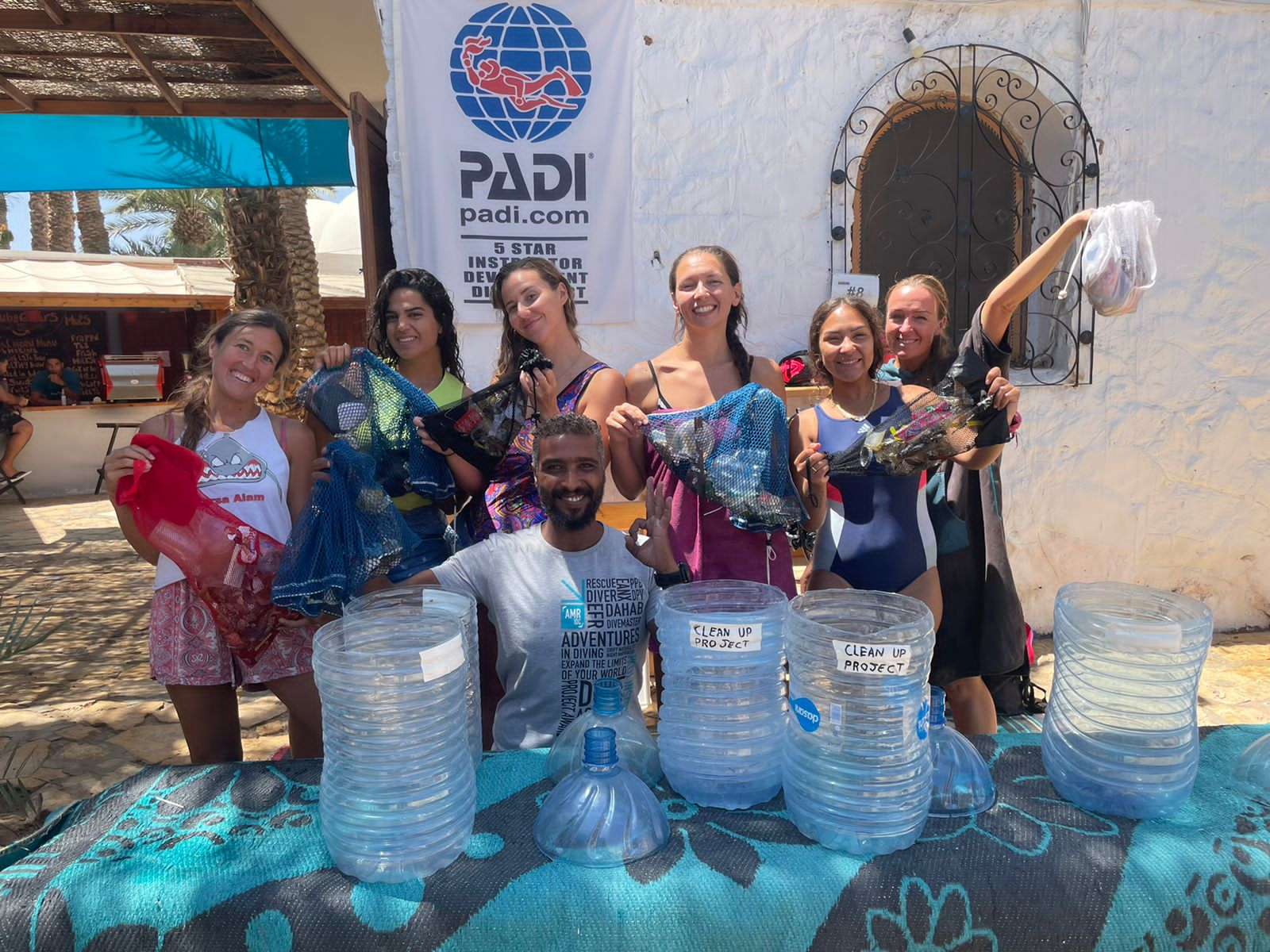
1. Local Impact: Still a Great Way to Help Our Oceans
First, PADI’s Dive Against Debris® Specialty course remains one of the most effective ways to get engaged with ocean conservation. Since the original Dive Against Debris program began in 2011, over TWO MILLION pieces of trash have been removed from our waterways.
Additionally, the information you learn is broadly applicable, no matter where you live. Moreover, the dive skills you gain can be used on any dive, anywhere.
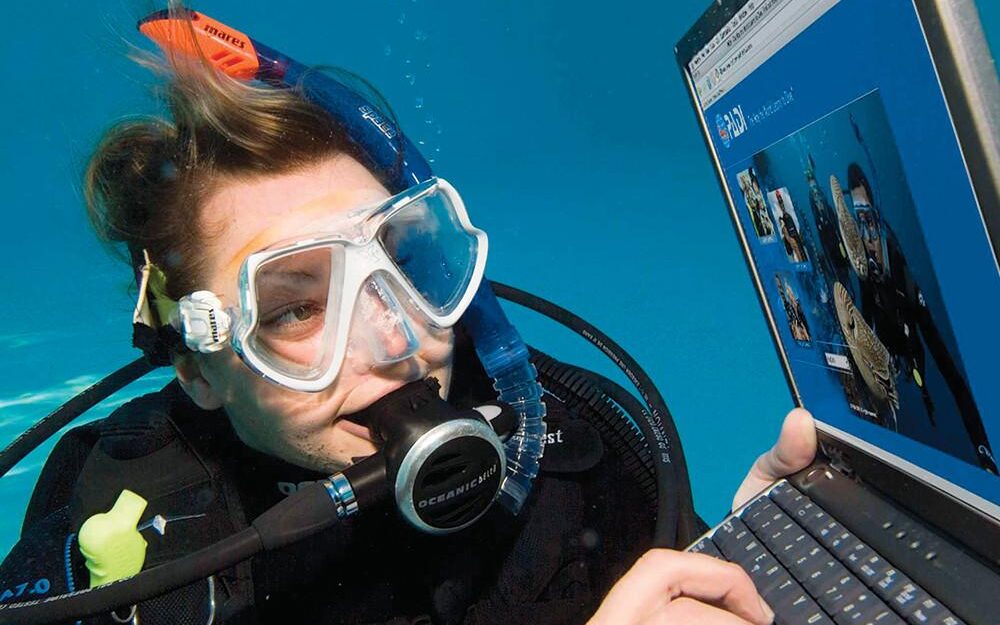
2. eLearning Provides More Accessibility
The new Dive Against Debris® course includes an eLearning option. This is awesome, especially for dive travel, because it allows you to maximize your vacation. Work at your own pace, online or offline, using a computer or mobile device! The total time commitment is about 2-4 hours. Be sure to connect with your instructor for in-water training, or whenever you have a question.
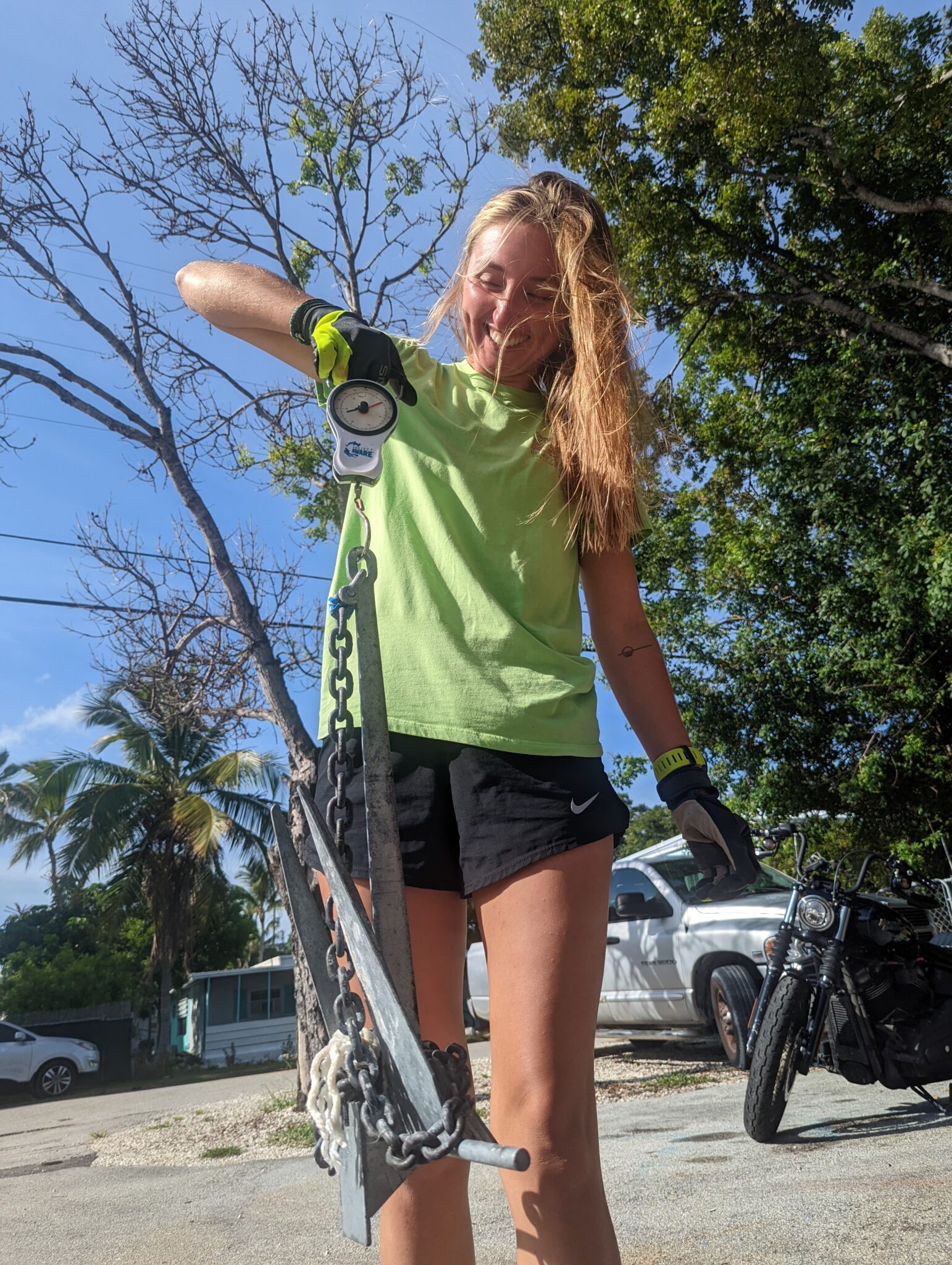
Photo credit: Tiffany Duong
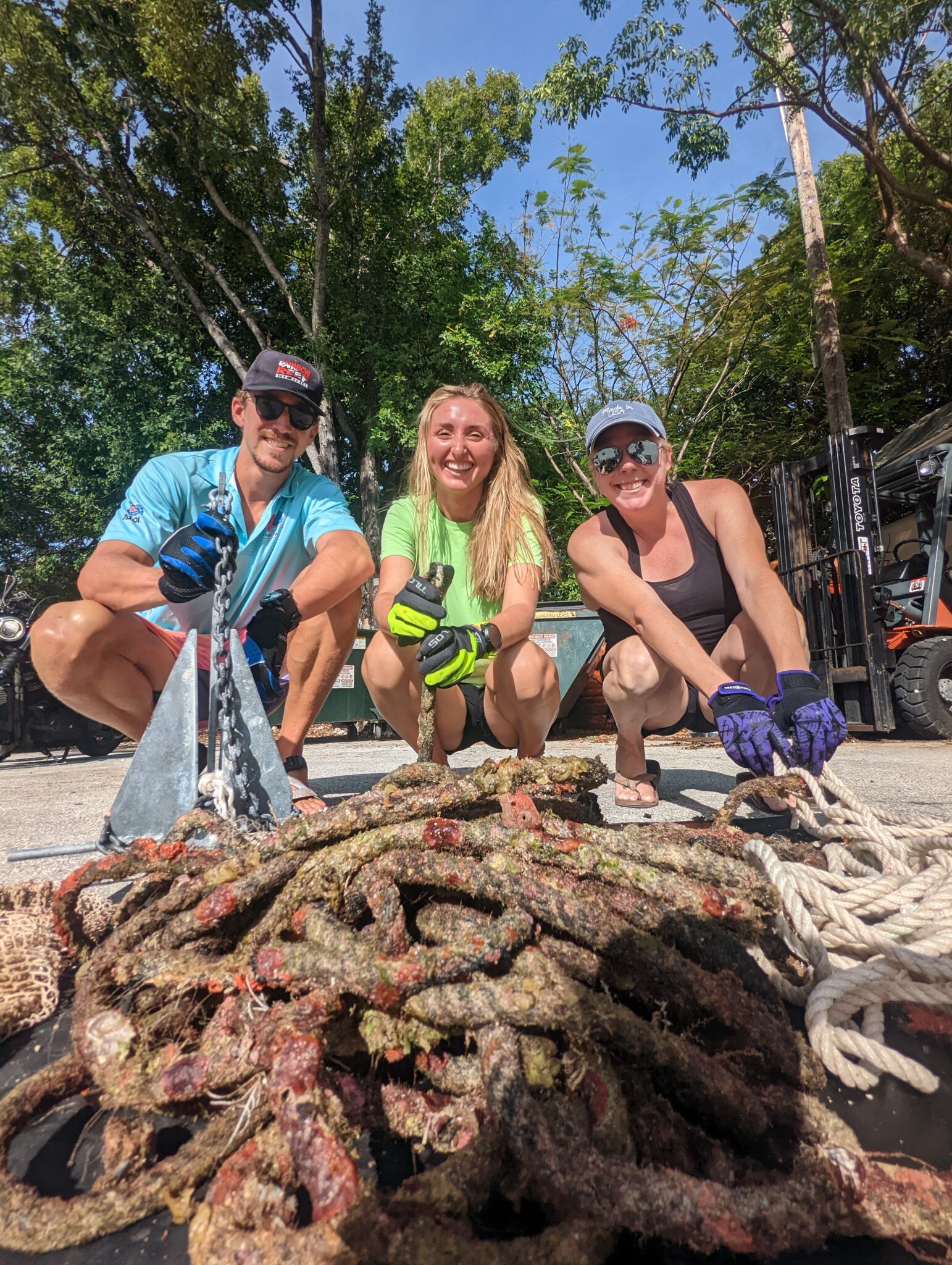
and to count each piece.
Photo credit: Tiffany Duong
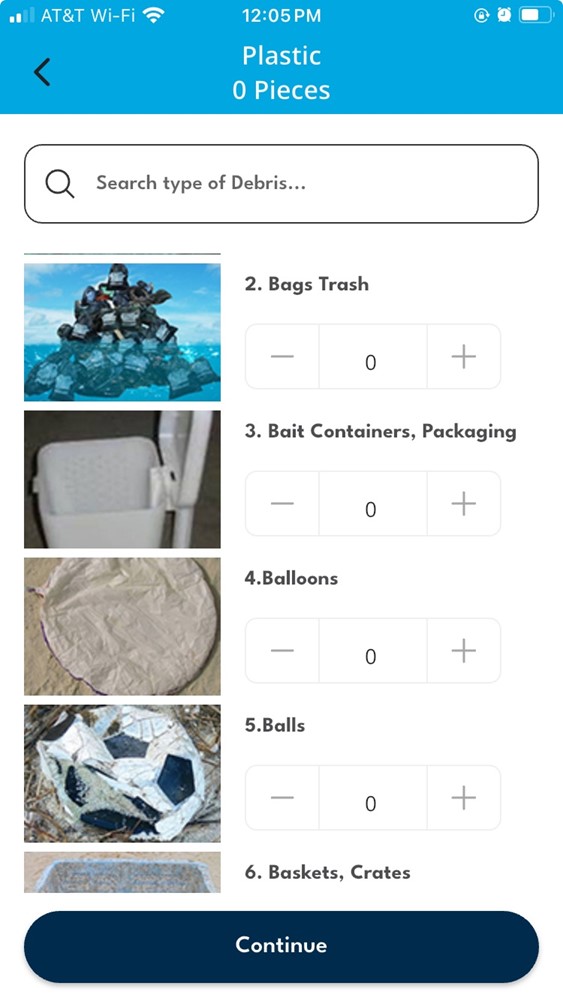
PADI AWARE App.
3. Easy-to-Complete One-Dive Specialty
The Dive Against Debris® Specialty remains stunningly simple – and effective.
- Teach divers about the dangers that marine debris and plastics pose to our waters.
- Train divers on safe and efficient ways to remove marine debris.
- Equip divers with the right tools – mesh bags, gloves, dive knives and lift bags. Then, take them diving!
- Sort, record and report everything collected using the PADI AWARE App*. Then, properly dispose of trash.
- Download the PADI AWARE App from Google Play or the Apple App Store.
These steps are logical and well-laid out in the coursework. Once you arrive at a PADI Dive Center for your actual Dive Against Debris®, you only need one dive to complete your specialty. Additionally, this dive counts towards your Advanced Open Water Diver certification.
Furthermore, the new course also encourages you to stay connected to the community using your PADI SSO in the new PADI AWARE Conservation Action Portal.
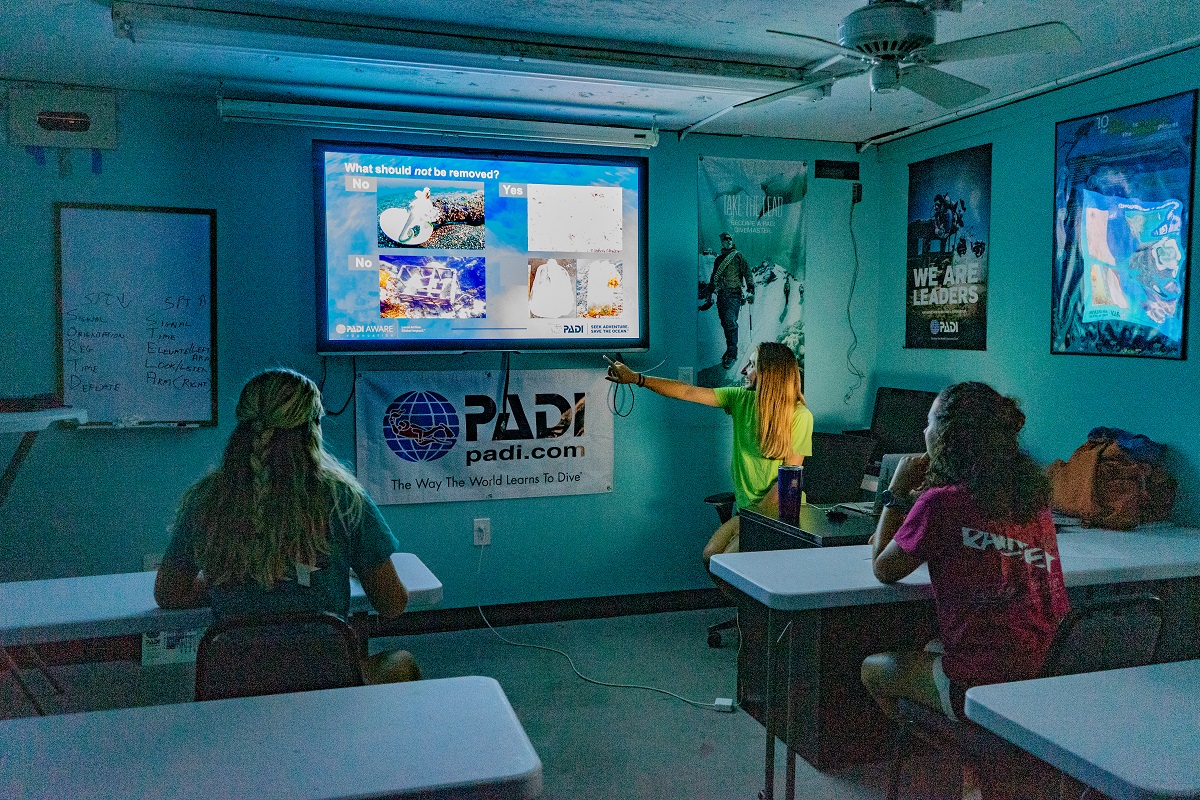
4. Up-to-Date Facts Show Impact
The updated Dive Against Debris® course included strong, updated facts. The three facts below (and how they were presented) had a lasting impact on me, personally.
Fact: Land-Based Trash Becomes Marine Debris
Did you know the marine debris problem starts on land? 80% of physical debris in our ocean comes from land-based sources. 80%! This fact alone made me consider how to shift my personal routine to create less waste and use less plastic.
Fact: There Are Other Types of Pollutants
Historically, people assumed the seas’ natural processes could break down and eliminate pollutants. This is the antiquated idea that “the solution to pollution is dilution.” Unfortunately – for the planet and for us – this has proven untrue. In fact, more than 22 billion tons of chemical and nutrient pollutants enter the ocean each year. These include pesticides, fertilizers, detergents, oils, sewage, etc.
These chemicals lead to algal blooms, fish kills, breathing issues for humans and animals, skin conditions and other ailments. Until taking the new course, I had no idea the enormity of this runoff problem.
Fact: No Debris is Useful Information, Too!
The new course also does a great job of setting expectations. When people sign up for a Dive Against Debris®, they get excited to find “all the trash.” However, sometimes we end up finding little or nothing underwater. While some feel disappointed when this happens, the new course reminds us that this is a good thing! Our goal is to have a clean ocean, not just remove marine debris. Furthermore, the course highlights how “no trash” is also important data to collect and input. It helps to understand how long sites stay clear, when they were last visited, etc.
In fact, this exact scenario happened on our second dive of the day! We dove on a protected reef and found only one piece of monofilament throughout the entire 45-minute dive!

5. Global Impact: Connecting the Dots Between Diving, Data and Policy
Truth be told, until I took the new program, I had no idea where, if or how Dive Against Debris® data was used. As it turns out, the citizen science data collected and reported helps create targeted, effective solutions. There have even been two scientific papers published using surveys from Dives Against Debris!
It works when divers input survey data into a global database. Once you submit your data from a Dive Against Debris, you can even see your survey results on PADI AWARE Foundation’s Conservation Impact Map! Scientists, researchers and policymakers then interpret the data. In this way, the data supports the development and implementation of policies to improve solid waste management, locally and globally.
Learning how my own personal actions have contributed and will continue to contribute to tangible policy changes was so personally satisfying! It appealed to the former lawyer in me, and, afterward, I felt so empowered to make positive changes for our ocean. I truly loved this aspect of the new course!
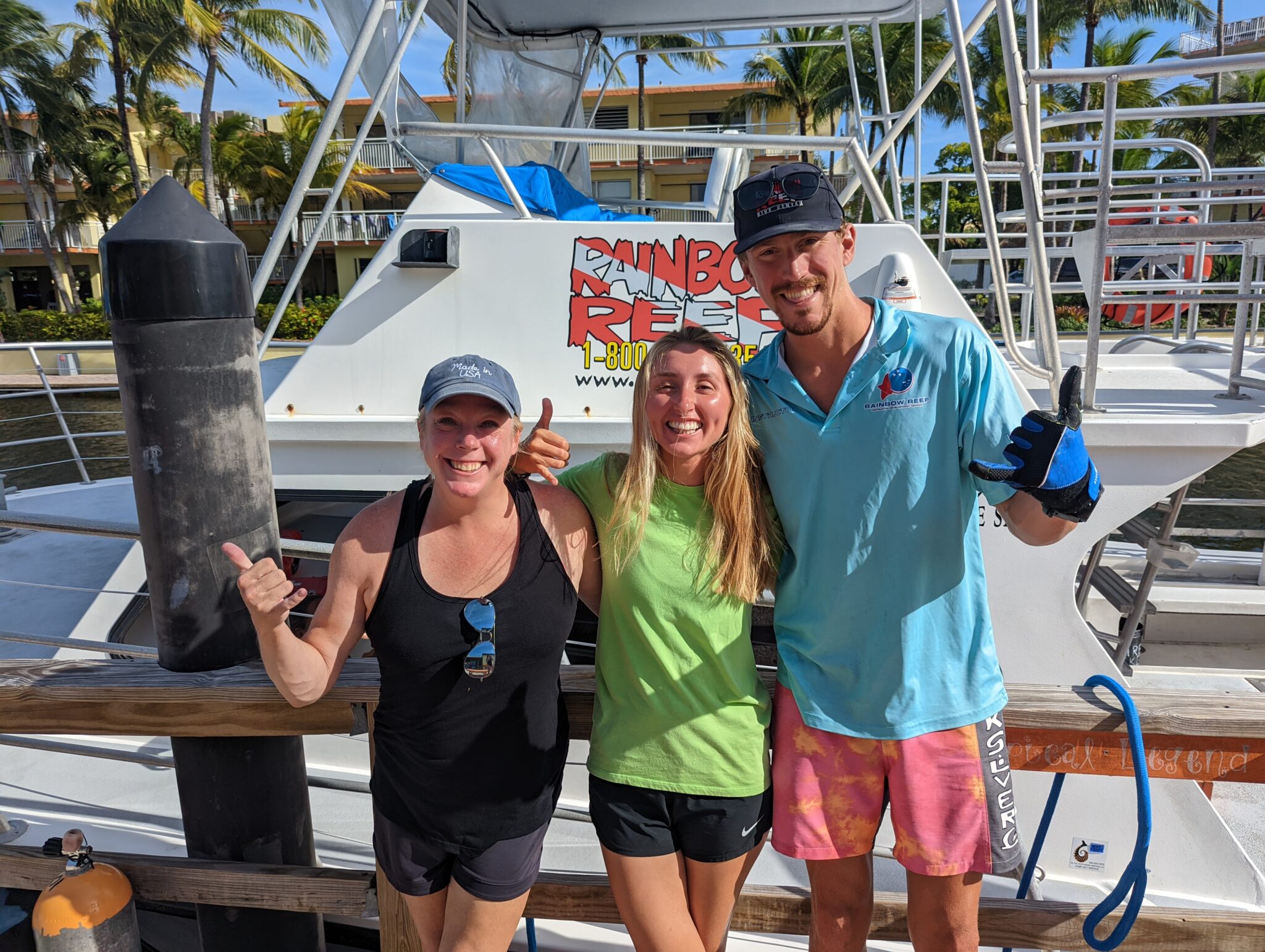
Take the Course For Yourself!
The marine debris problem remains a leading challenge facing our ocean. This isn’t new news, but how the updated Dive Against Debris® course and eLearning introduce this topic is refreshing.
As divers, we are the frontline ambassadors and protectors of our beautiful blue planet. Moreover, the new Dive Against Debris® program gives us useful tools to create lasting change. It’s gratifying, rewarding, tangible and important. So, check out the new course and tell us what you think!

